Hiking the Grand Canyon rim-to-rim is a bucket list adventure. Over the course of nearly 24 miles, hikers descend below the level of the rim, cross the mighty Colorado River, and climb back up the other side. It’s challenging, it’s exhilarating, and it is truly an unforgettable experience.
However, this is a massive hike and in order to have the best experience, you will need to do some advance planning as well as train your body for this journey.
In this article we share with you everything we learned about the rim-to-rim hike, from what to pack, how to train, where to stay, and more.
This article is part 2 in our two-part series about the Grand Canyon rim-to-rim hike. For a full breakdown of the trail, with maps, photos, and hiking tips, read part 1: How to Hike Rim-to-Rim.
Quick Overview of the Trail
Most people hike the Grand Canyon rim-to-rim starting on the North Rim, taking the North Kaibab Trail to Bright Angel Campground. From here, you have a choice to make. The Bright Angel Trail is the more popular and wiser choice, with less elevation gain, more shade, and several water stations on the trail. The South Kaibab is a beautiful trail, but since it does not have water stations and very little shade, it is best avoided for the hike out of the canyon.
The road to the North Rim is only open from mid-May through mid-October, giving hikers a very narrow window for this hike. Since most people end up hiking in the hot, summer weather, you need to be prepared for 100+ degree temperatures.
Distance: 23.5 miles
Difficulty: Extremely strenuous
Elevation Change: 5761 feet elevation loss (North Kaibab trailhead to Bright Angel Campground) and 4380 feet elevation gain (Bright Angel Campground to the South Rim on the Bright Angel Trail).
Length of Time: Typically done as a 2 or 3-day backpacking trip. Can be done as a day hike if you are extremely fit and fast.
For photos of the trail and full details on the North Kaibab Trail and Bright Angel Trail, read our article How to Hike the Grand Canyon Rim-to-Rim.
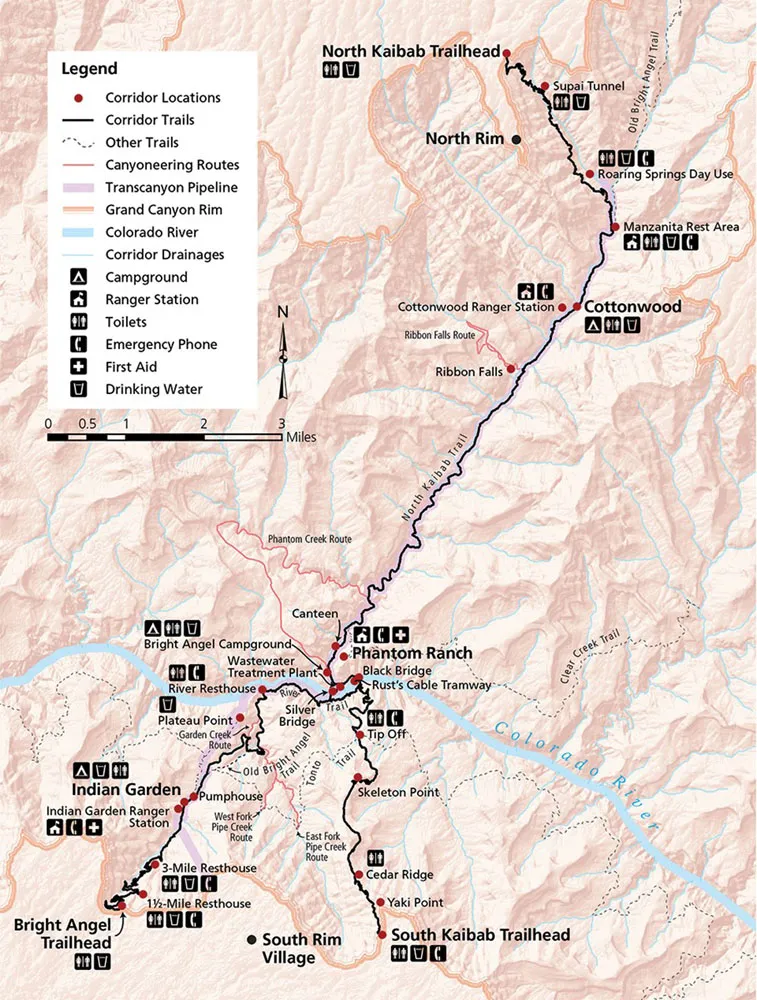
Map of the trail from the National Park Service website.
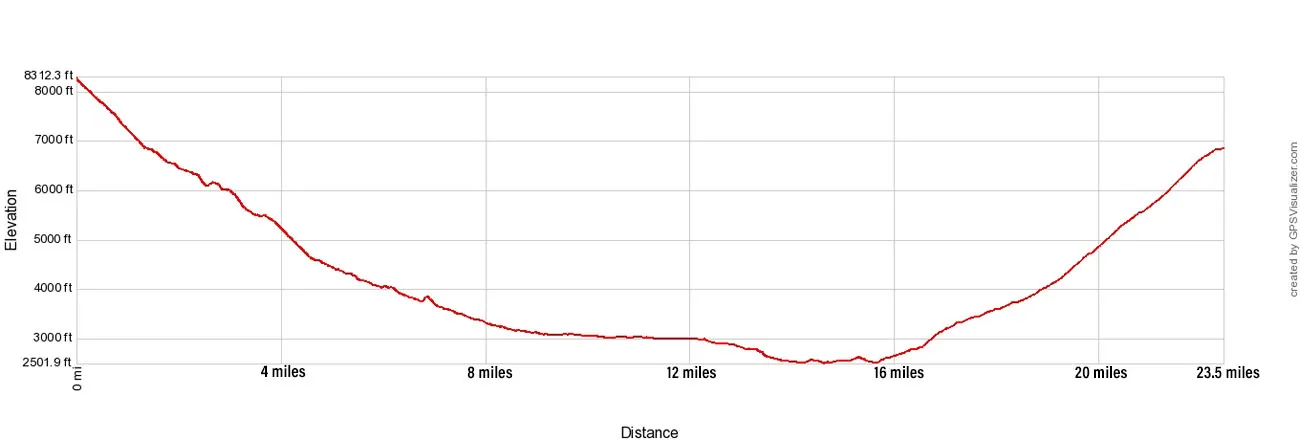
Elevation profile, starting on the North Rim and ending on the South Rim.
Please practice the seven principles of Leave No Trace: plan ahead, stay on the trail, pack out what you bring to the hiking trail, leave areas as you found them, minimize campfire impacts, be considerate of other hikers, and do not approach or feed wildlife.
When to Hike Rim-to-Rim
The road to the North Rim is open from May 15 to October 15. This is the only time that you can hike rim-to-rim (North Rim to South Rim or vice versa).
Note: Depending on weather conditions, the road to the North Rim can remain open into November, but there are no services on the North Rim past October 15 (lodges and restaurants are closed). Get updates on the National Park Service website.
RIM-TO-RIM-TO-RIM: It is possible to hike to the North Rim year-round but your journey will start on the South Rim. This takes multiple days, unless you plan to trail run rim-to-rim-to-rim. On day 1, hike from the South Rim to Phantom Ranch or Bright Angel Campground. On day 2, hike to the North Rim on the North Kaibab Trail and return to Phantom Ranch/Bright Angel Campground. Then, on day 3, hike back up the South Rim. You will need a permit or a reservation at Phantom Ranch to do this.
Since conditions can be quite hot from the end of May through September, most people will be hiking in the heat.
To avoid the hottest conditions, plan your hike for May, the end of September, or October.
If we did this again, I think that the end of September into October would be a great time to do this hike. Temperatures are milder and the sun sets earlier, so you will spend more time in the shade of the canyon. Just be prepared for cold temperatures at the start of the hike on the North Rim.
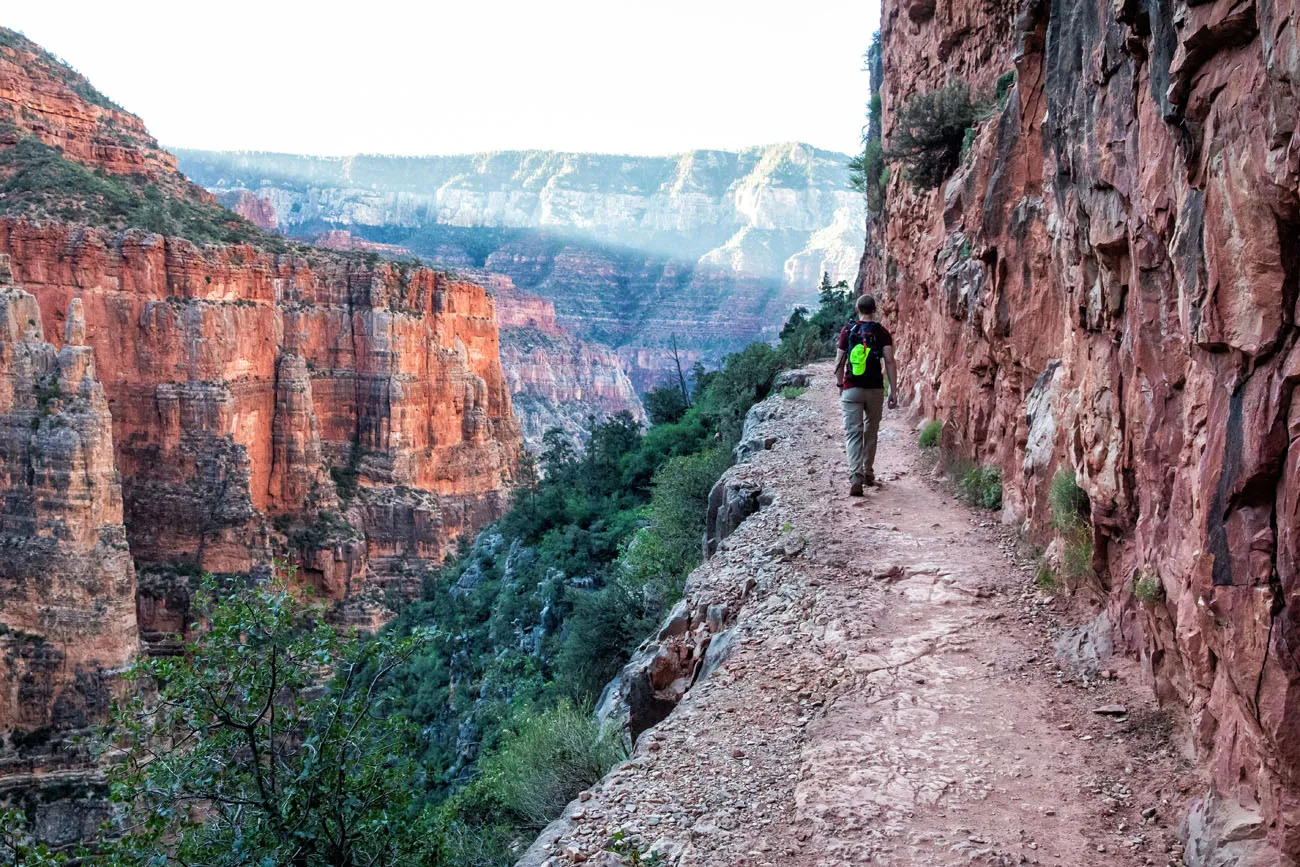
North Kaibab Trail
Doing This as a Day Hike
The National Park Service does not recommend doing this as a day hike. There are numerous warnings on the Grand Canyon National Park website and the trailheads telling people not to do this as a day hike.
Even so, there are many people who hike rim-to-rim in one day.
Tim and I hiked the Grand Canyon rim-to-rim in one day in June 2019. It is a beast of a hike, by far the most difficult day hike we have done so far. We were successful and had a great time along the way, but we also spent months training and preparing for this hike.
In order to do this as a day hike, you need to be extremely fit and fast and know what you can handle. Hiking experience, preferably with hikes lasting over 8 hours with lots of elevation change, is ideal. You also need to be able to handle 100+ degree temperatures, especially if you are hiking from May through September.
How Hard is This Hike?
We have hiked a lot of trails around the world and this is one of the hardest we have done.
Our second hardest hike…the amazing Core Enchantments as a day hike in Washington state. This is definitely a hike to add to your to-do list.
Tim and Tyler have also day hiked the Milford Track (33 miles, roughly 5,500 feet of ascent) in New Zealand, a trail that typically takes 4 to 5 days.
There are several things that make the Grand Canyon rim-to-rim hike so challenging. For one thing, it’s 23.5 miles. If you are doing this as a day hike, that’s a long way to go in one day. Marathon runners may not think so, but this is much harder than running a marathon (and we’ve done our fair share, including those at the end of an Ironman triathlon).
What really makes this hike so difficult is the elevation profile. You hike a mile down into the canyon which can really tire out your legs. Then, you have to climb up nearly another mile to get you back onto the South Rim.
Throw in soaring temperatures, the weight of liters of water on your back, not to mention whatever else you are carrying in your backpack, and this is one tough hike.
How Fit Do You Need to Be?
If you plan to hike rim-to-rim in one day, you need to be extremely fit, fast, and well-prepared.
If you are doing this as a backpacking trip, you also need to be fit, since you will be hiking with more weight on your back, if you plan to camp along the way.
Before doing this hike, Tim and I were doing long runs of 14 miles with shorter runs during the week. Whenever possible, we did these runs midday, so we could get some heat training. We also spent a lot of time on the bike. I cycled 1500 miles in the 5 months prior to the hike. I also added in the Stairmaster, which is incredibly boring, but I do believe it helped.
You also need to have hiking experience. There are no technical sections and the trail is so well marked that it would be almost impossible to lose your way, but it helps to have experience doing big climbs and big descents.
This is not a good hike for beginners since it covers such a long distance with so much elevation change.
If you plan to do this hike, you need to be in great physical shape. You should be able to walk 15 miles while wearing a backpack with little difficulty. You need to be prepared for lots of elevation change and you also need to be prepared to hike in temperatures reaching over 100°F.
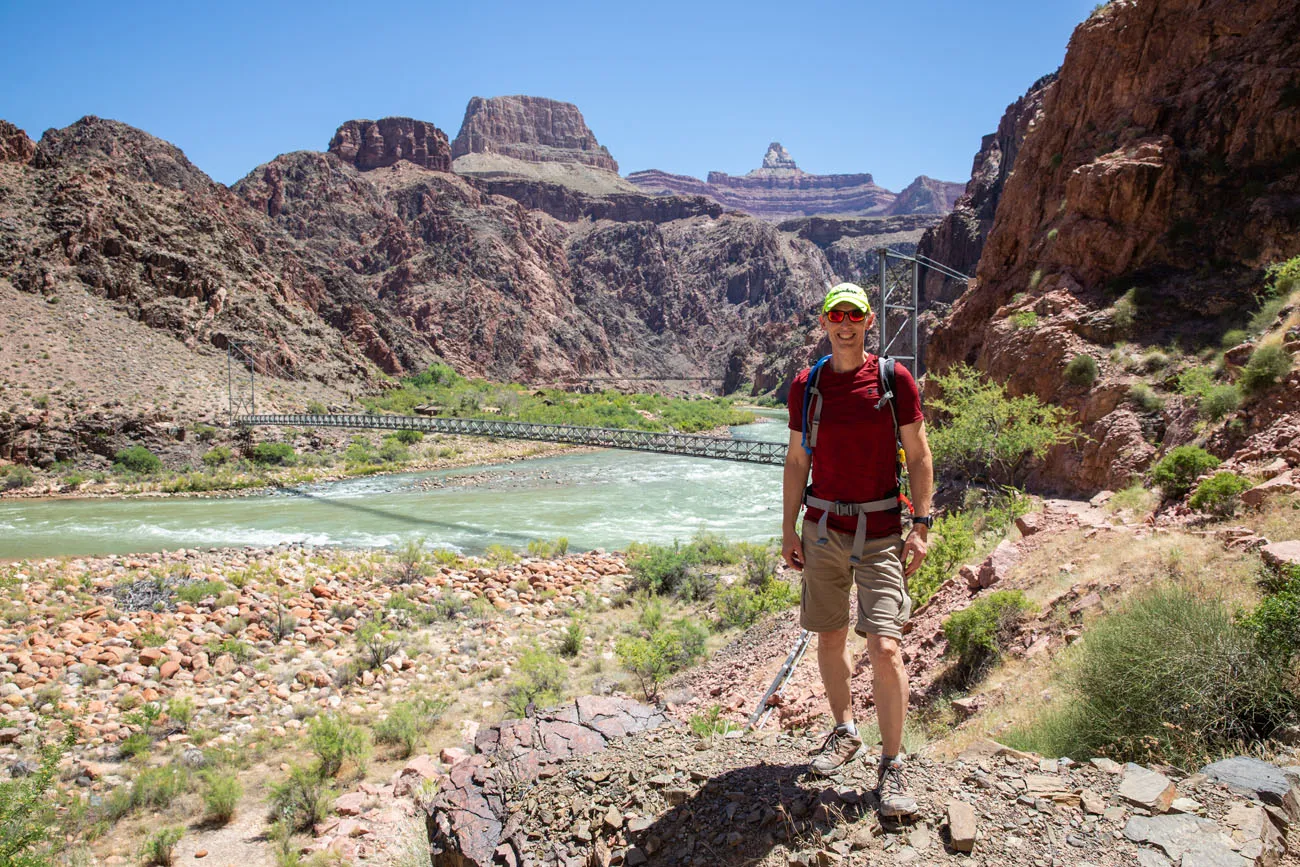
How to Stay Hydrated
Staying hydrated…this is one of the most important things to do in order to have a successful hike.
Over the course of the day, Tim and I each drank over 10 liters of water.
We each carried a Camelback water reservoir that could hold 3 liters. We started the hike with it filled to the 3-liter mark. As we hiked, we would refill the reservoir at each water station.
There are water stations at Supai Tunnel, Roaring Springs, Manzanita Rest House, Cottonwood Campground, Phantom Ranch, Bright Angel Campground, Indian Garden, 3 Mile Resthouse, and 1.5 Mile Resthouse. However, these water stations are not always operational. On the day we did this hike, there was no water at Supai Tunnel or Roaring Springs.
PRO TRAVEL TIP: To get updated information for your hike, go to the Visitor Center the day before your hike to find out which water stations have water. There will also be signs posted at the trailheads with updated info. Top off your water at each station.
We also carried a Katadyn water filter and iodine tablets, just in case we ran out of water and needed to refill our reservoirs from a creek or the Colorado River.
3 liters of water is heavy. Once we got to 3 Mile Resthouse we only filled our reservoirs with 1.5 liters of water. For us and our hydration status at that point, 1.5 liters was just enough water to get us to the next station without having to carry a lot of extra weight. Every pound counts at this point!
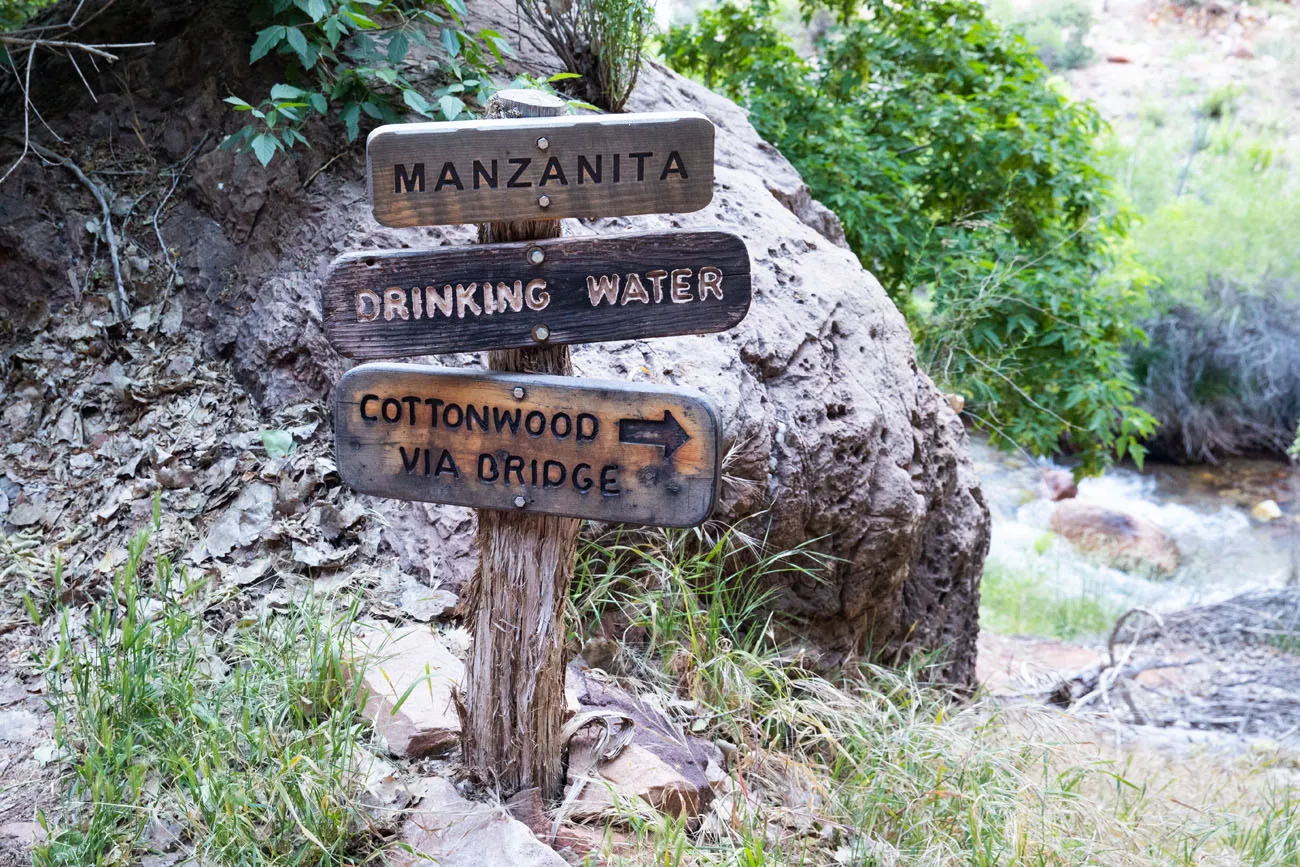
Hyponatremia…What Is It and How to Avoid It
Hyponatremia is just a fancy word for being low on sodium (salt).
If you take in large amounts of water without replacing your electrolytes, you can suffer from hyponatremia. Plus, in the heat of the day, you will also be losing a lot of your salt in your sweat.
Replacing your electrolytes is just as important as drinking enough fluids.
You can replace your electrolytes by frequently eating salty foods as you hike. Once an hour we would take a quick break to eat some salty food…pretzels, beef jerky, and at Indian Garden, salty potato chips.
We also supplemented our food intake with salt replacement tablets. We used Salt Stick caps, which are really just a pill form of sodium and potassium. Endurolytes by Hammer Strength Nutrition is also a very good salt replacement supplement.
I even brought along Trioral Oral Rehydration Salts, just in case we started to suffer from symptoms of hyponatremia, but we never needed to use it.
Hyponatremia can be very dangerous. The symptoms of hyponatremia are nausea and vomiting, headache, loss of energy, muscle weakness and muscle spasms, seizures, and coma. I know that some of these symptoms overlap with the fatigue of hiking, but if you start to get a headache or feel nauseated or light-headed, these could be early signs of hyponatremia. If this occurs, take a long break in the shade, eat salty foods and replace your electrolytes with any supplements you brought along.
Important!! It is very important that you take enough water and enough electrolytes so you do not get dehydrated or suffer from hyponatremia on the trail. Once you get thirsty or once you get light-headed or dizzy from hyponatremia, it can be very difficult to reverse these symptoms once they begin.
One of our keys to success was our prior experience training for and racing triathlons. 6-hour training rides in 90+ degree heat are not unusual for us. We know how much water and salt we need and used this experience on the trail.
If you are not used to hiking or exercising for long periods of time in excessive heat, consider skipping this hike or breaking it up into a 2 or 3-day backpacking trip.
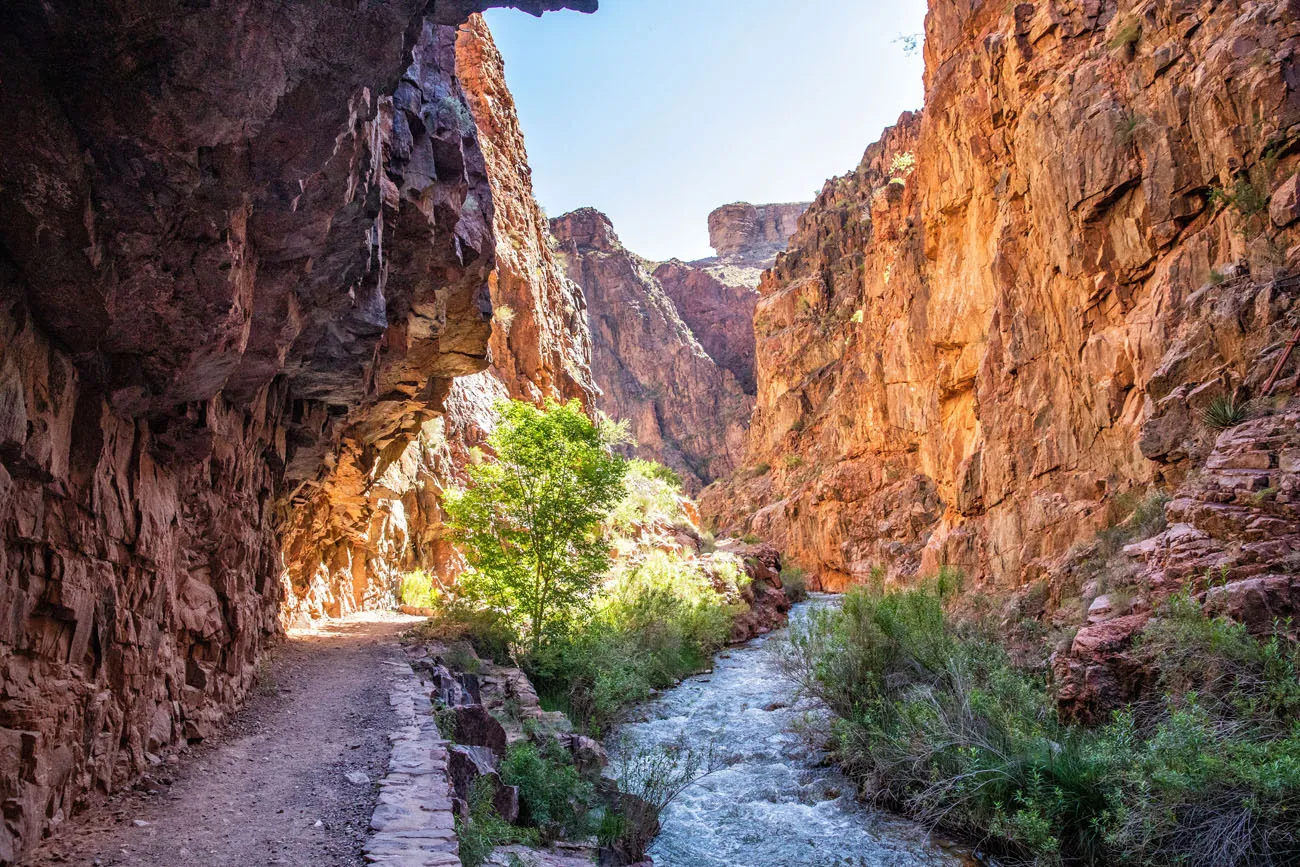
“The Box”
How Much Should You Eat?
It’s better to eat small, frequent snacks than a big meal every few hours. While exercising, it is hard for your body to process a full stomach of food.
Once an hour, we stopped and ate a snack. We ate energy bars, beef jerky, salty pretzels, raisins, trail mix, and potato chips. This sends a steady supply of calories and salt into your body, which not only helps keep you fueled, but it also helps with your hydration status.
Packing List
Tim and I each carried a hiking backpack. Here is what we carried with us:
- Food: energy bars, beef jerky, pretzels, chips, trail mix, raisins
- Water in a 3 liter Camelback reservoir
- Katadyn Water Filter
- Iodine tablets
- Trioral Oral Rehydration Salts
- First Aid Kit
- 2 Petzl Headlamps
- Cell phones (we only had service on the final 4 miles of the Bright Angel Trail)
- Garmin GPS
- Hiking Poles
- Sunscreen
- Sunglasses
- Hat/Visor
- Lightweight Jacket
- Canon 5D Mark IV camera on a cross-body strap
Essential Hiking Gear: What Should You Bring on a Day Hike?
If you are new to hiking or are curious about what you should bring on a hike, check out our Hiking Gear Guide. Find out what we carry in our day packs and what we wear on the trails.Trans-Canyon Shuttle Service
Since the Grand Canyon rim-to-rim hike is a point-to-point hike, you will need to hire a shuttle service. There are companies that will drive you from one rim to the other.
You can schedule the shuttle for the day before or the day after your hike.
We used Trans-Canyon Shuttle Service. It takes roughly 4 hours to drive from rim-to-rim, including 2 quick stops along the way to use the restroom and to buy snacks.
Book your shuttle in advance to make sure you get a spot on the shuttle.
What We Did: The morning before our hike we took the 8 am shuttle from the Bright Angel Lodge on the South Rim to the North Rim Lodge, arriving at noon. Tim and I hung out on the North Rim for the rest of the day. The following day we hiked rim-to-rim.
PRO TRAVEL TIP: Trans-Canyon Shuttle offers a morning and an afternoon shuttle to the North Rim. We recommend taking the morning shuttle. This allows you to be one of the first people to put your name on the shuttle to the North Kaibab Trailhead. There are only 10 spots on the shuttle to the trailhead and you can only reserve your spot in person when you check in.
Another option is to drive your car to the North Rim, hike rim-to-rim, and then take the shuttle back to the North Rim. What you choose to do just depends on the rest of your trip itinerary.
Learn more, get updated pricing, and make your reservation on the official website.
Shuttle Service to the Trailhead
The trailhead is located two miles north of the North Rim Visitor Center and Grand Canyon Lodge. The Grand Canyon Lodge runs a free shuttle service multiple times in the morning to the North Kaibab Trailhead. When we did this, the available times were 3 am, 4 am, 5 am, 5:30 am, 6 am, and 7 am.
You can put your name on the list the day before your hike. You will do this at the reception desk at the lodge when you check in. We tried to do it over the phone but they wanted to see us in person before they would write our name on the list.
They only have spots for 10 people on each shuttle.
We took the 5 am shuttle to the trailhead. Sunrise was just past 5 am when we did this hike.
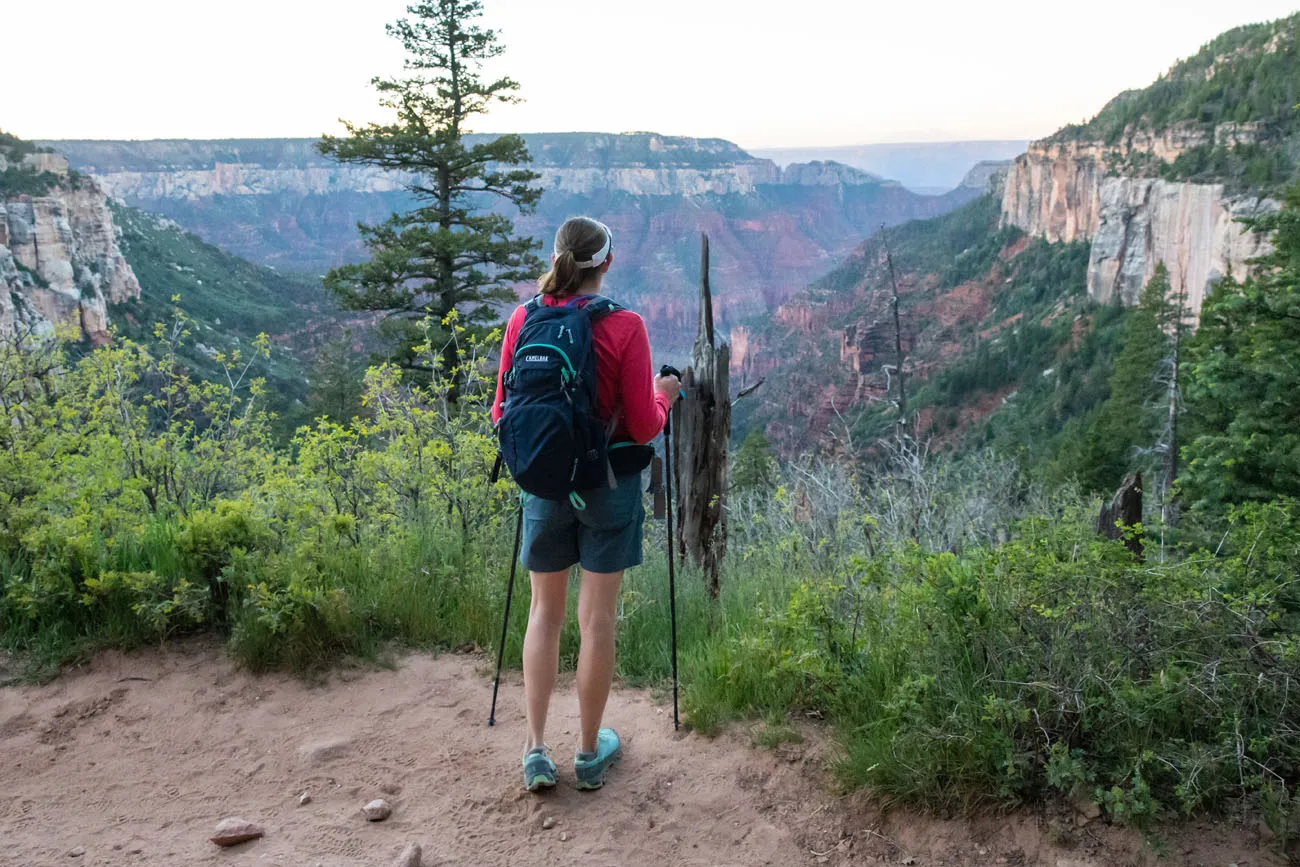
At the start of the hike.
Our 3 Day Grand Canyon Itinerary
Day 1: Petrified Forest National Park in the morning/midday and then we drove to Tusayan. We stayed overnight in The Grand Hotel.
Day 2: Checked out of The Grand Hotel. The hotel held our luggage for us in their luggage storage office. We parked our car in Lot D in the Grand Canyon Village. At 8 am, we took the Trans-Canyon Shuttle to the North Rim. We spent the rest of the day on the North Rim, relaxing and taking in the view. We stayed at the North Rim Lodge.
Day 3: Hike rim-to-rim. We slept at The Grand Hotel in Tusayan.
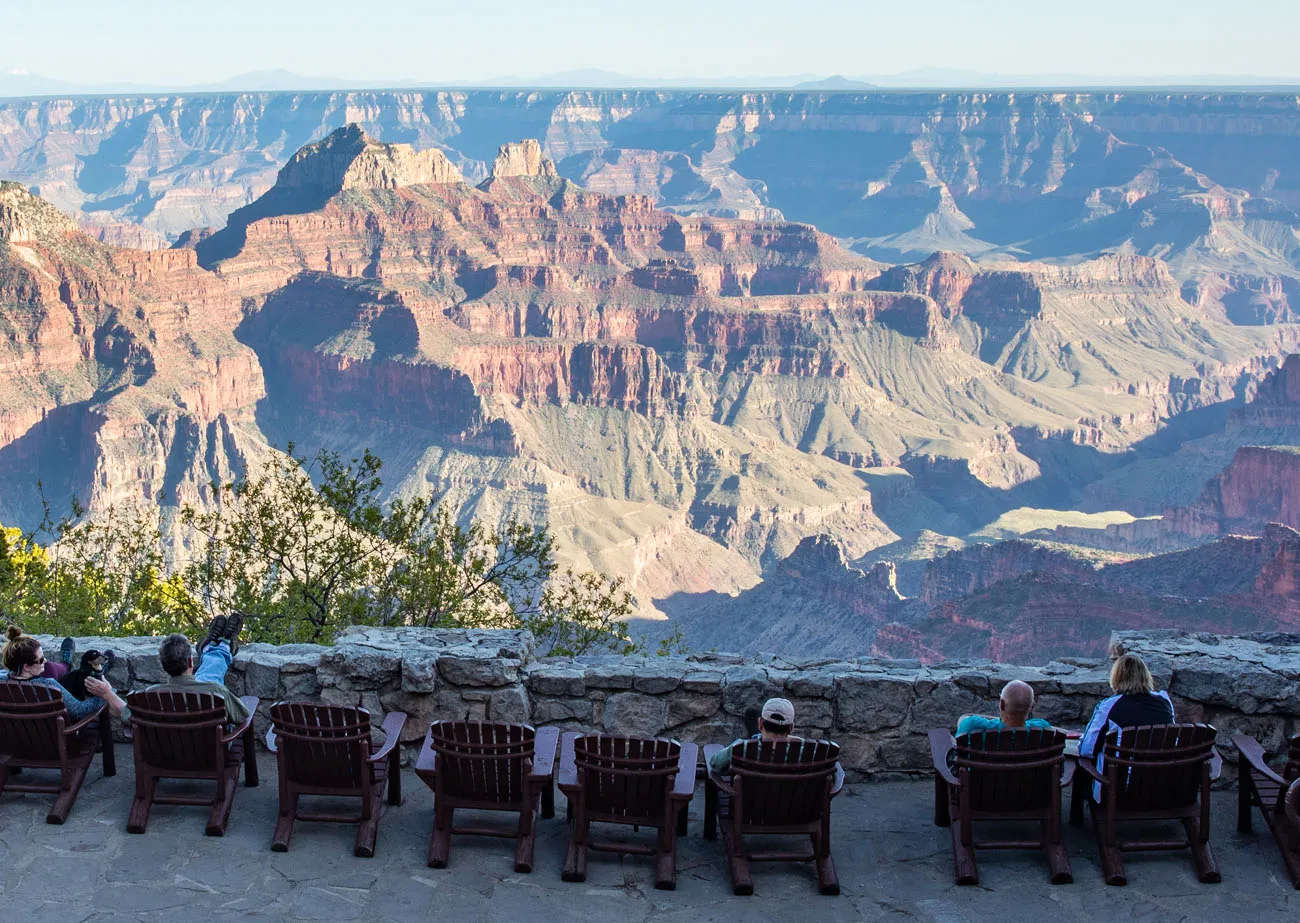
View from the North Rim
What to Pack for the North Rim
We only brought with us what we needed for the hike plus some toiletries. Everything that we brought with us to the North Rim would either have to be carried on the trail or left behind.
Tim and I wore old shirts and underwear, which we threw away. We also brought travel-sized toiletries and left these behind at the lodge as well. We wanted our backpacks to be light as possible.
2 or 3-Day Backpacking Trip
Most people hike the Grand Canyon rim-to-rim on a 2 or 3-day backpacking trip. You have the option to spend the night at Cottonwood Campground, Bright Angel Campground, Indian Garden, or Phantom Ranch.
For the campgrounds, you will need to apply for a permit. Visit the National Park website for the details on how to do this.
To stay at Phantom Ranch, you will have to be very lucky. Reservations are made through their lottery. Submissions to the lottery are made 15 months in advance. The advantage of staying at Phantom Ranch is that you can sleep overnight in a cabin or dorm, so there is no need to carry camping equipment on the hike. Learn more here.
Doing This Hike in Reverse Order
You can hike these trails in either order, but there is a very good reason to hike down the North Kaibab Trail and up the Bright Angel Trail.
The North Kaibab Trailhead sits 1381 feet higher than the Bright Angel Trailhead. By starting on the North Kaibab Trail, you eliminate a nice chunk of climbing from the hike.
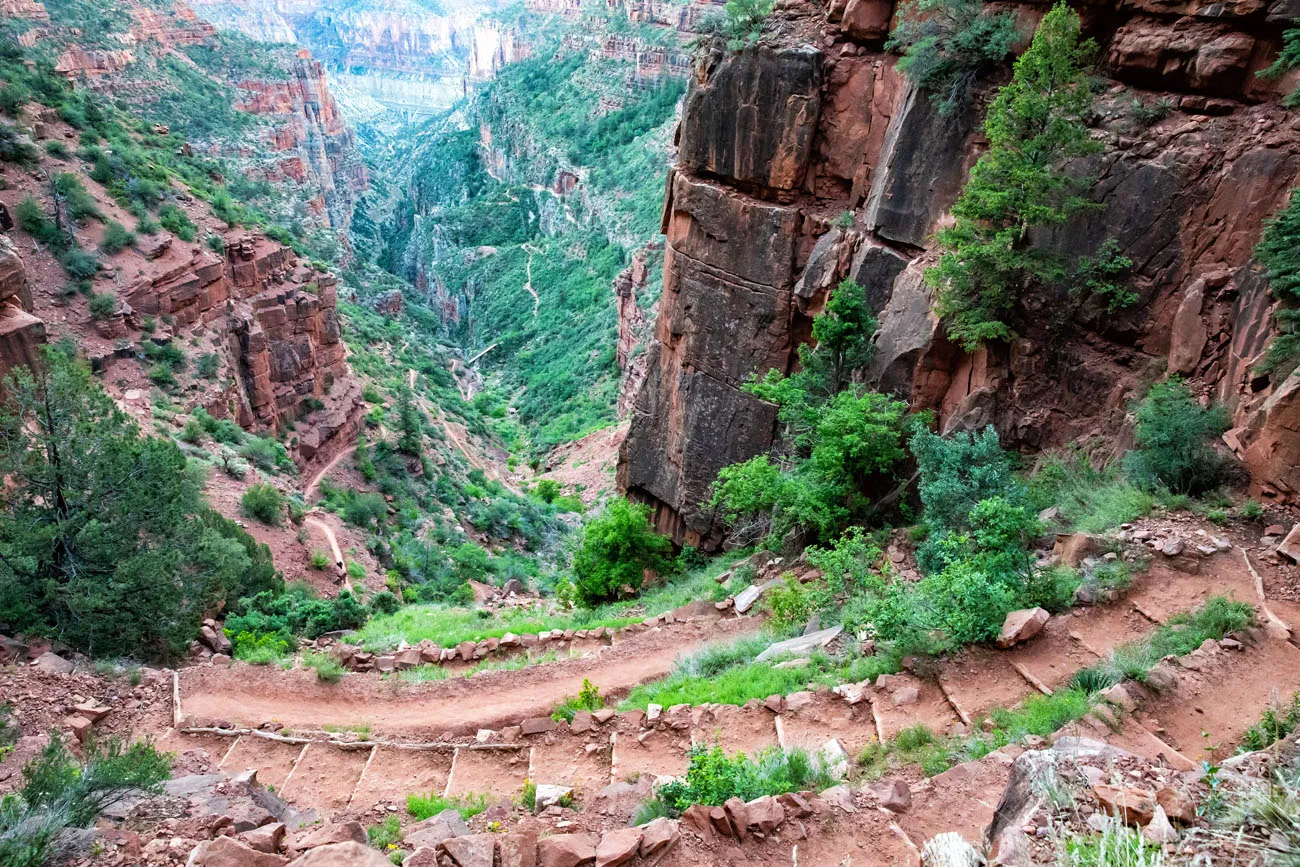
North Kaibab Trail
Tips to Have the Best Experience
Hydrate the day before. It’s very important that you start this hike fully hydrated.
Start at sunrise or earlier. This will give you the maximum amount of daylight and let you hike a nice chunk of the trail before it heats up. If you are doing this as a day hike, start no later than sunrise. Even consider taking the 3 am or 4 am shuttle to the trailhead.
Get to Phantom Ranch by 10 am. Hike through the box as early as possible to avoid sweltering conditions.
Stay hydrated. Top off your water at each water station and don’t forget to take in electrolytes.
Avoid hiking between 10 am and 4 pm. This is the hottest time of the day. Take a nice, long break at Phantom Ranch or Indian Garden to avoid hiking in the hottest conditions.
Hike Wet. Once it heats up, take advantage of the cool creek next to the trail. Splash some water on your skin or even lie down in the creek (it feels wonderful!). Leave the synthetic shirt at home and wear cotton. It will absorb your sweat and the creek water and this wetness will help keep you cool.
Eat frequently. We ate a snack roughly every hour while hiking. This steady supply of calories kept us fueled up for the final climb.
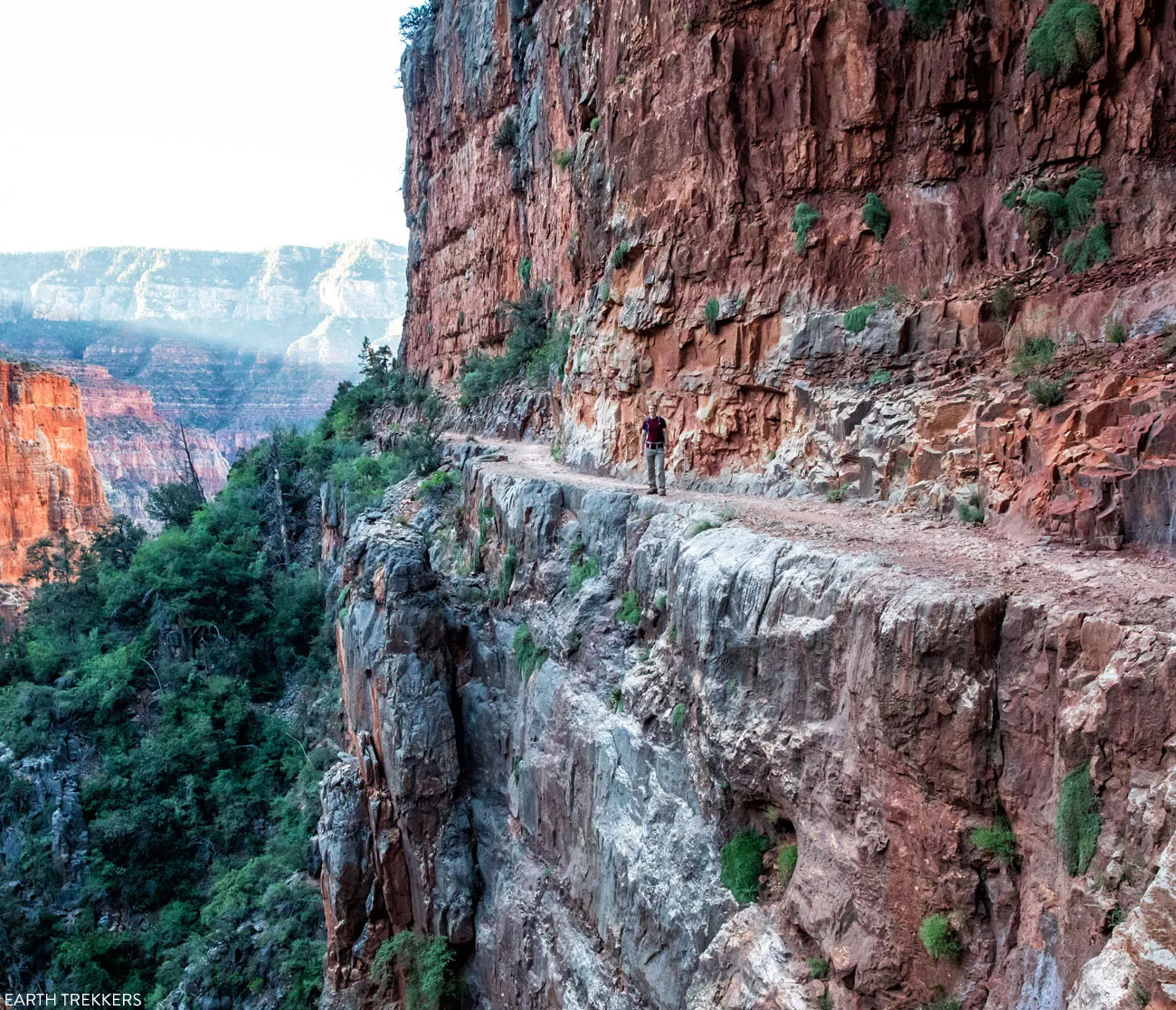
On the North Kaibab Trail
Planning Checklist Before You Go
13 months before: Apply for a reservation for the Phantom Ranch lottery if you prefer to do this as a multi-day backpacking trip.
6 – 8 months before: Reserve your lodging on the North and South Rims. Start training for the hike.
4.5 months before: Apply for a permit if you plan to camp at one of the campgrounds along the trail.
3 – 4 months before: Reserve your spot on the trans-canyon shuttle.
2 weeks before: Start checking weather conditions. Visit the Grand Canyon National Park website for updates on closures in the park. Begin putting together the gear you will bring with you.
1 day before: Take the shuttle or drive to the North Rim. Put your name on the list for the shuttle to the trailhead. Hydrate. Limit yourself to light, easy walks to save your energy for tomorrow.
Day 0: Have fun hiking the Grand Canyon rim-to-rim!
Important Links
Get updates on the weather conditions in the park:
Check alerts and get updates about conditions at the Grand Canyon:
Grand Canyon National Park website
Get updates on available water stations on the trail:
Grand Canyon National Park website
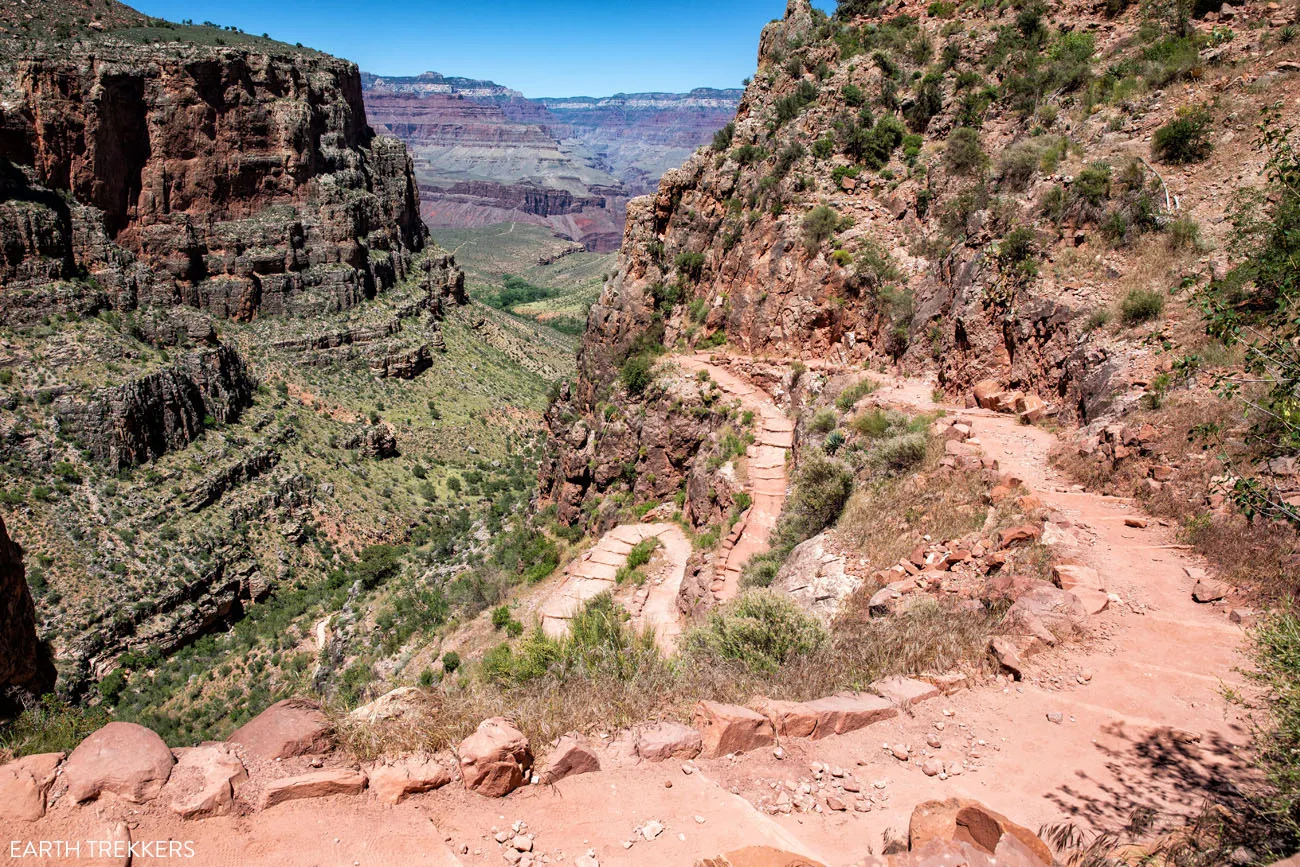
Bright Angel Trail
Rim-to-River-to-Rim Option
Hiking from the South Rim to the South Rim is a great alternative to the traditional rim-to-rim hike.
You can combine the South Kaibab and Bright Angel Trails into a big day hike. You still get the rim to river to rim experience with much less distance and effort. Even so, it’s still a beast of a hike, just not as beastly as the North to South Rim hike.
Tyler and I hiked the South Kaibab to Bright Angel Trail in December 2018. It’s an awesome hike and one that you can do year-round. Plus, you don’t need a shuttle since you start and end on the South Rim.
This is a great choice if you are not quite sure if you are up for the rim-to-rim hike. It’s also a great way to get some experience hiking the Grand Canyon before tackling the traditional rim-to-rim hike. I learned a lot on this shorter hike which made planning for and hiking rim-to-rim easier.
South Kaibab and Bright Angel Trails in One Day: The Ultimate Guide
How to hike the South Kaibab and Bright Angel Trails in one day.Where We Stayed
We stayed at The Grand Hotel in Tusayan. It is the highest rated hotel in the area. On Booking.com it is listed as a 5-star hotel but it looks and feels a lot more like a 3 to 4 star hotel. However, the rooms are clean and quiet and fit our needs.
The biggest advantage with staying here is that this was the only hotel that would hold our luggage for us (Tim called multiple hotels in Grand Canyon Village and Tusayan and none of them would hold our luggage overnight). We left our luggage at The Grand Hotel overnight while we stayed at the North Rim.
Another great option is to stay in the Grand Canyon Village. The Bright Angel Lodge is right next to the trailhead so once you are finished your hike, you won’t have to walk far to get to your hotel.
Just in case you missed it, learn more about the rim-to-rim trail and see lots of photos in our Rim-to-Rim Trail Guide ↓
Rim-to-Rim Hike in One Day: Everything You Need to Know
A step-by-step trail guide for the rim-to-rim hike.More Ideas for Your Hiking Bucket List
- WALKER’S HAUTE ROUTE: The Complete Guide to the Walker’s Haute Route: Chamonix to Zermatt
- DOLOMITES: 15 Epic Hikes to Do in the Dolomites of Italy
- ZION NARROWS: How to Hike the Zion Narrows from the Top-Down
- HALF DOME: Hiking Half Dome in Yosemite: A Step-By-Step Guide
- TROLLTUNGA: Trolltunga: Everything You Need to Know to Have the Best Experience
- TONGARIRO ALPINE CROSSING: The Tongariro Alpine Crossing, New Zealand’s Best Single Day Hike
- FIMMVORDUHALS: Fimmvorduhals Hike: Step-By-Step Guide to Iceland’s Best Day Hike
Take your pick from more great hikes on our Hiking Page.
Did we miss anything? If you have any questions about this hike or if you want to share your experience, comment below.
More Information about the Grand Canyon
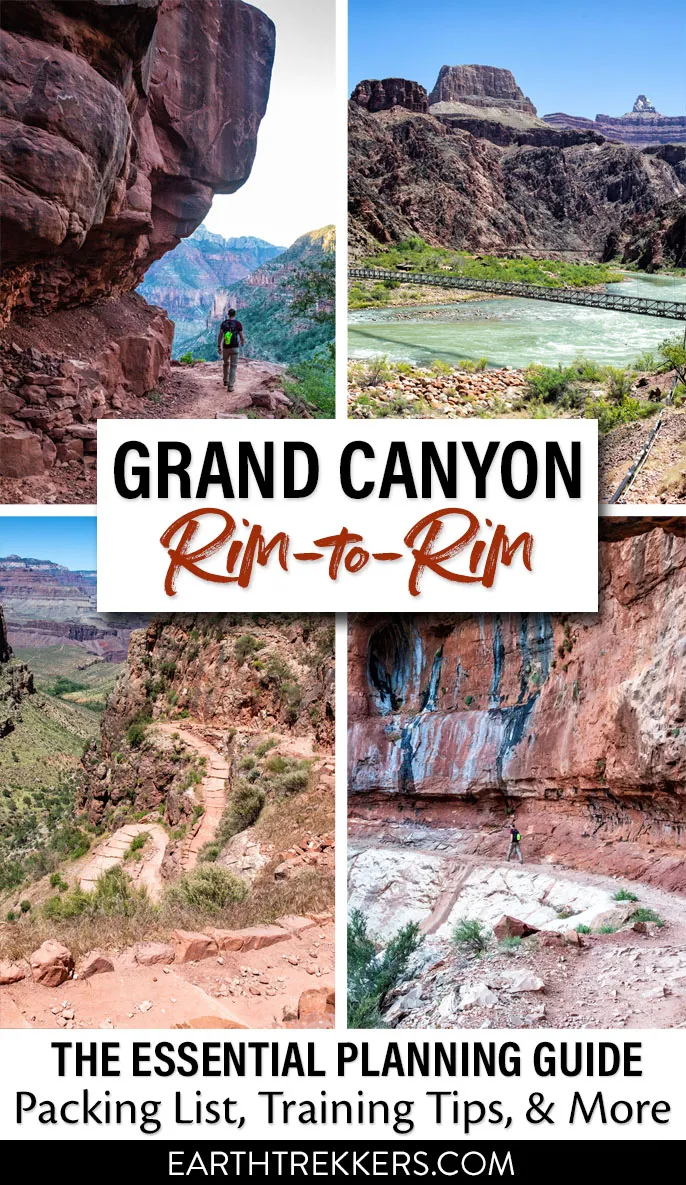
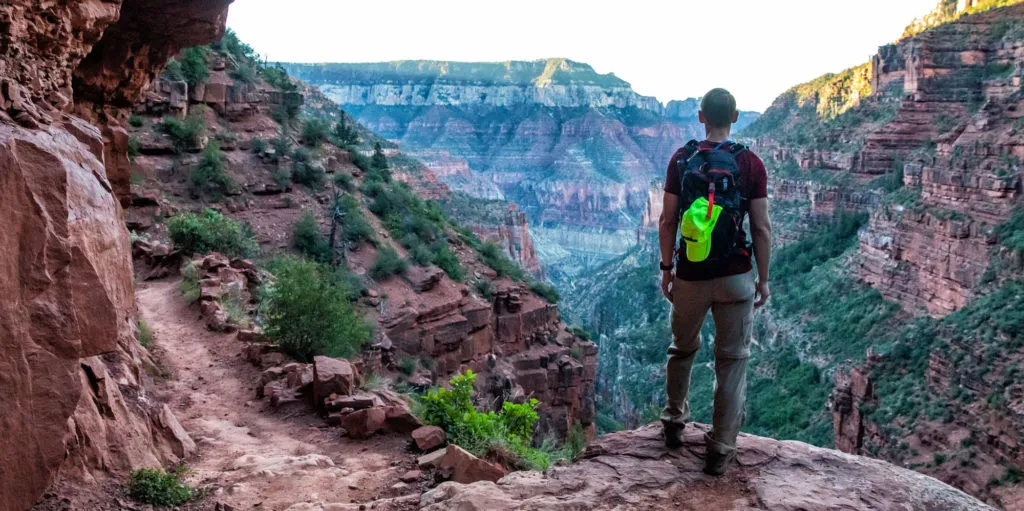
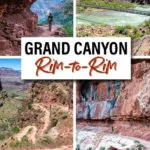
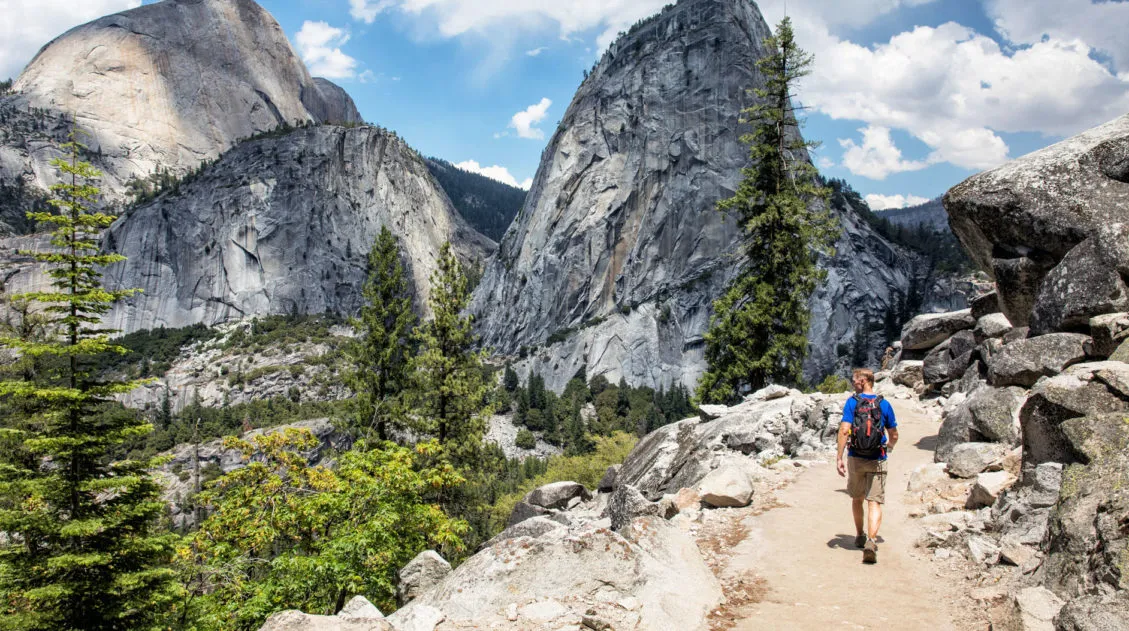
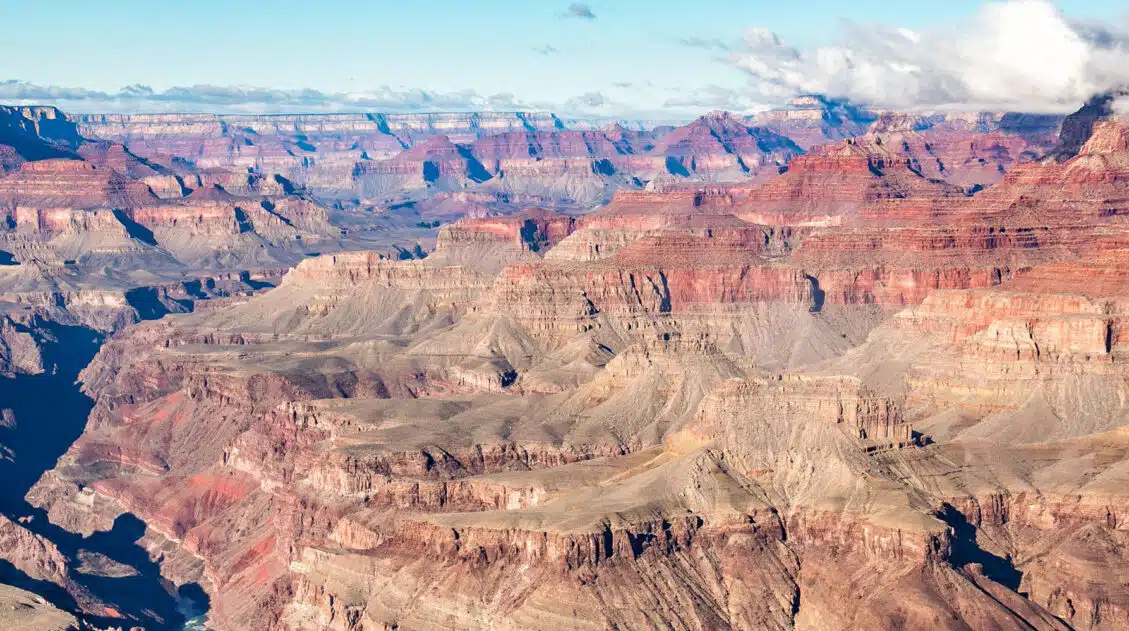
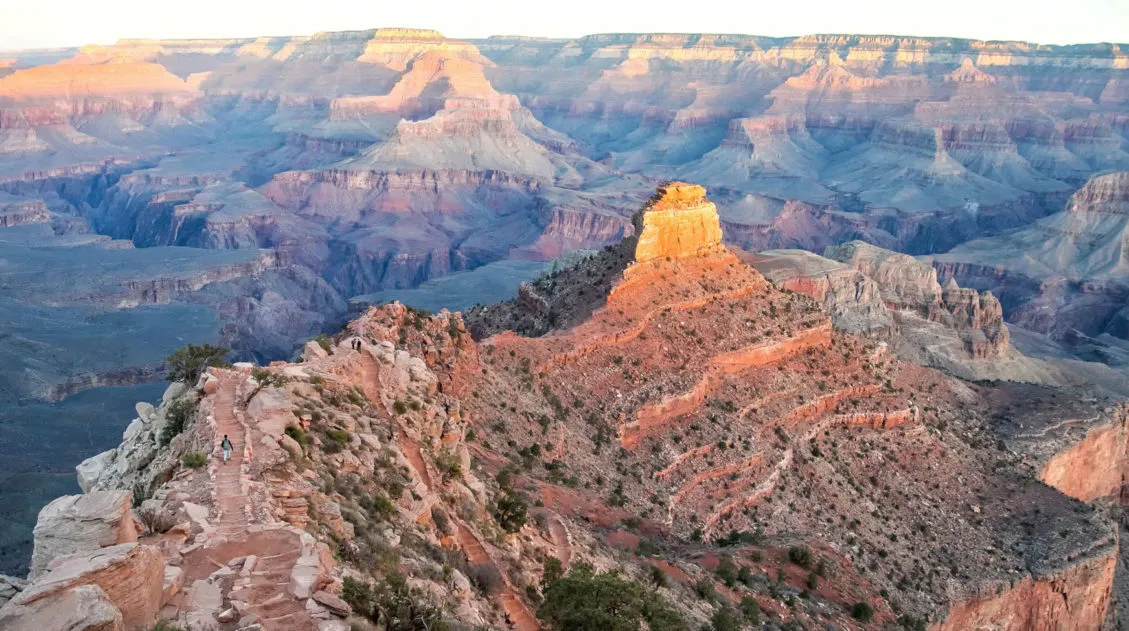
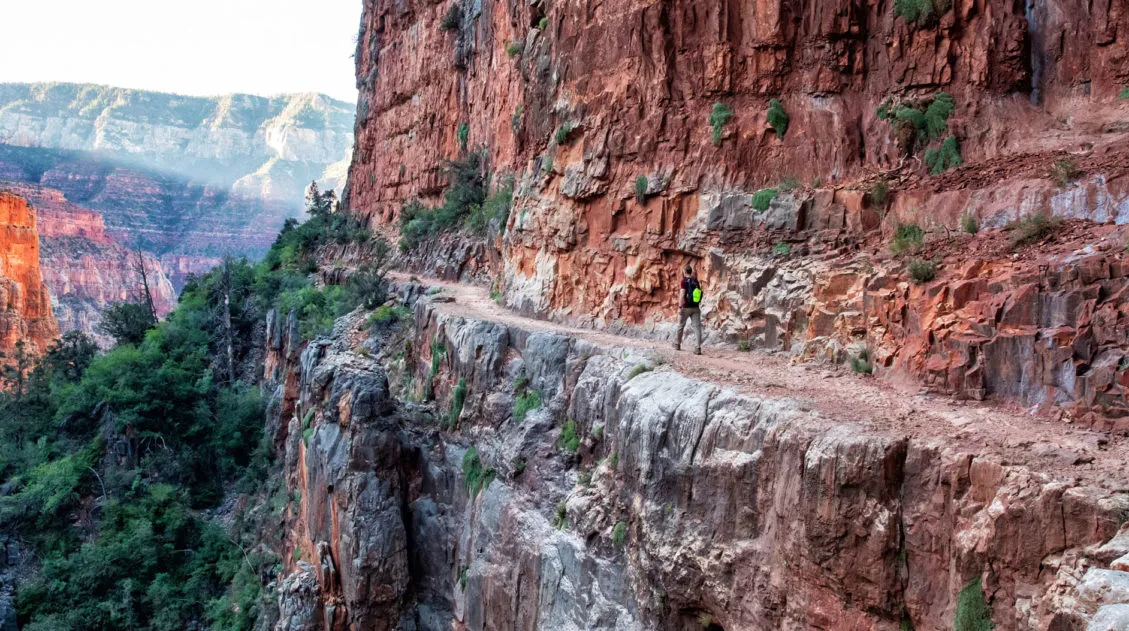
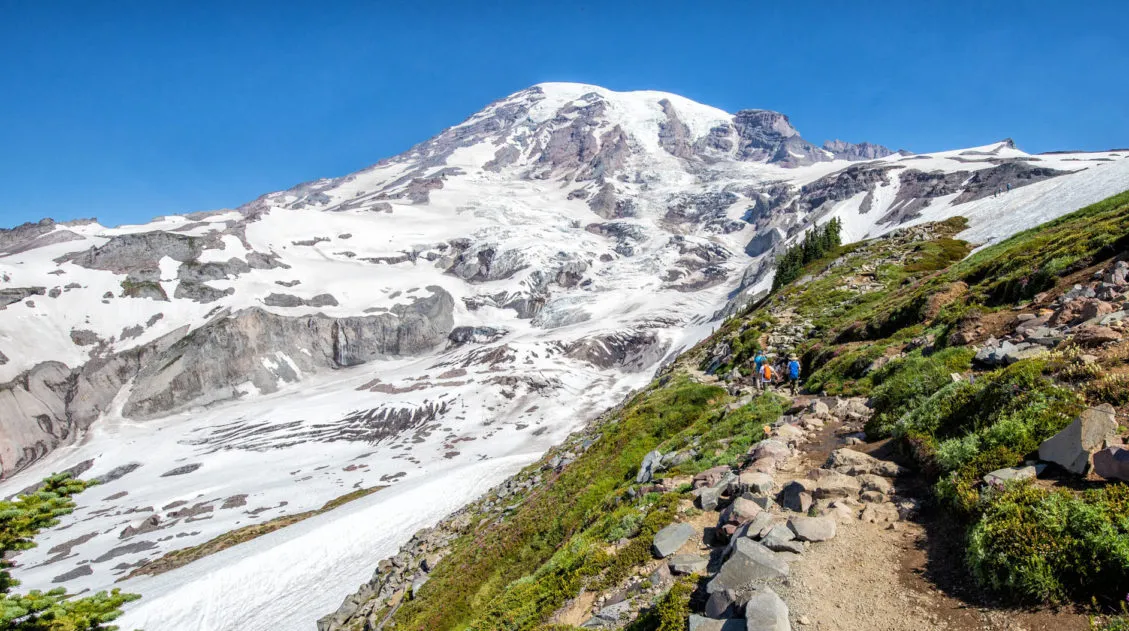
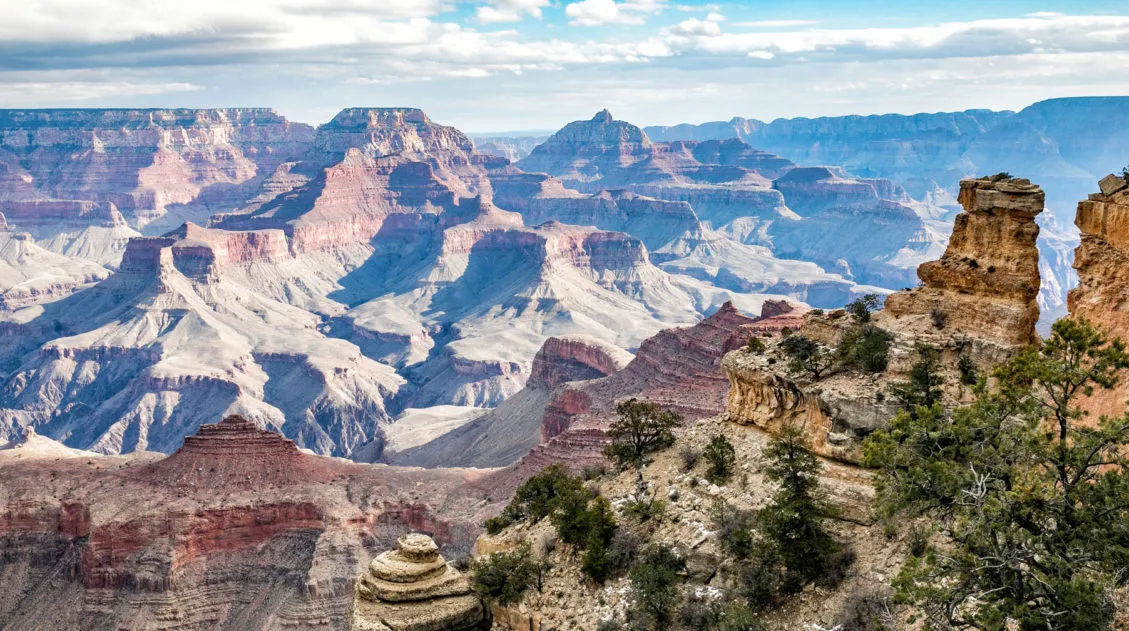
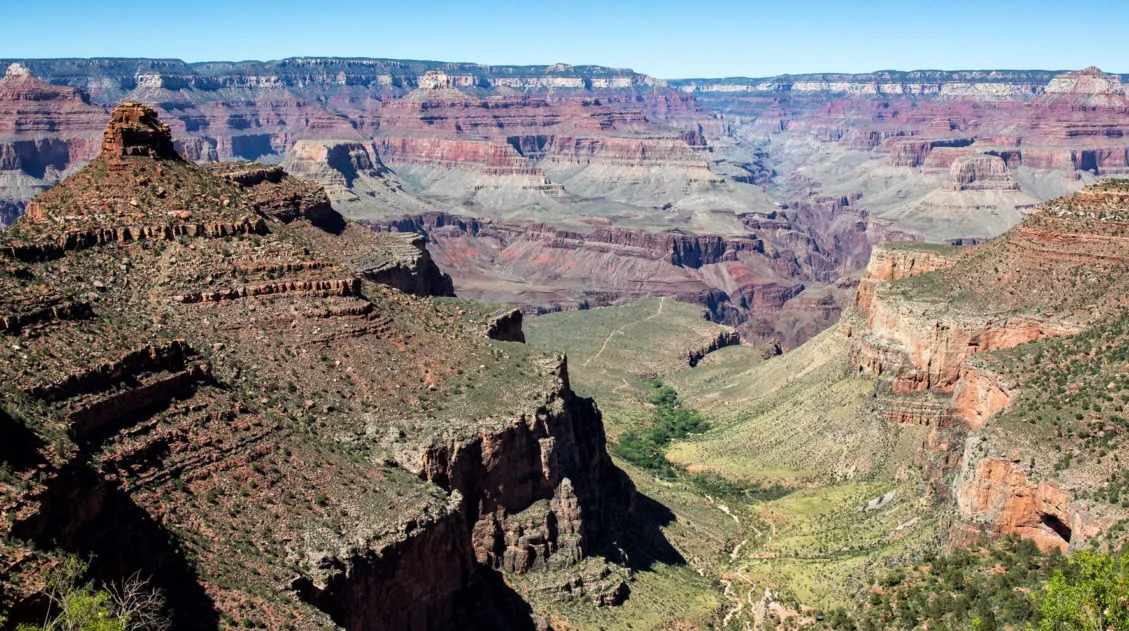
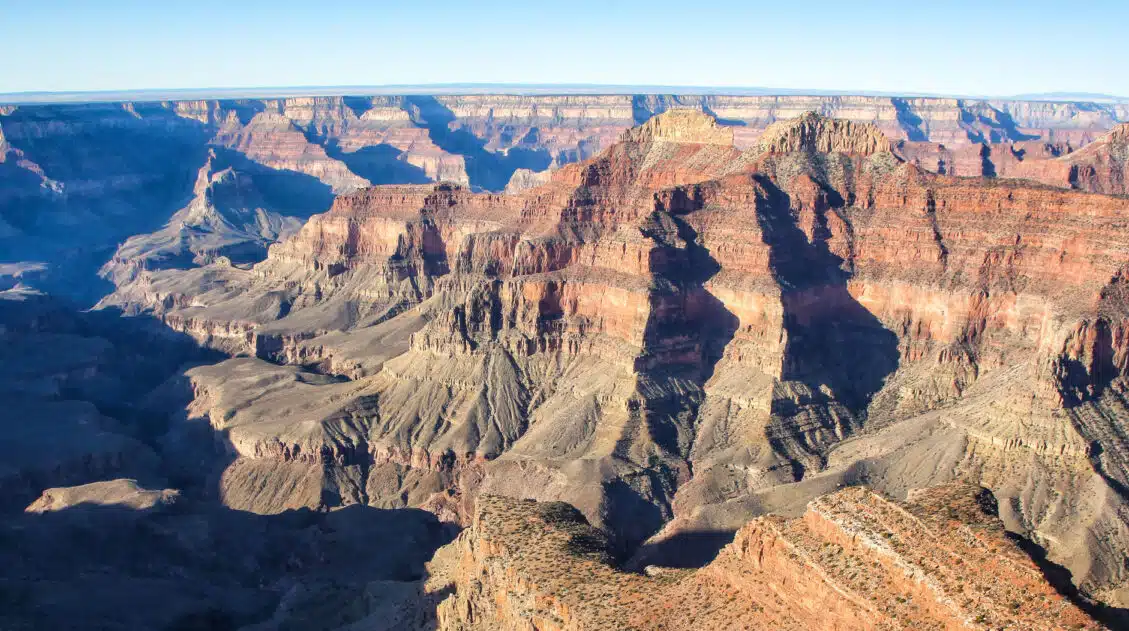
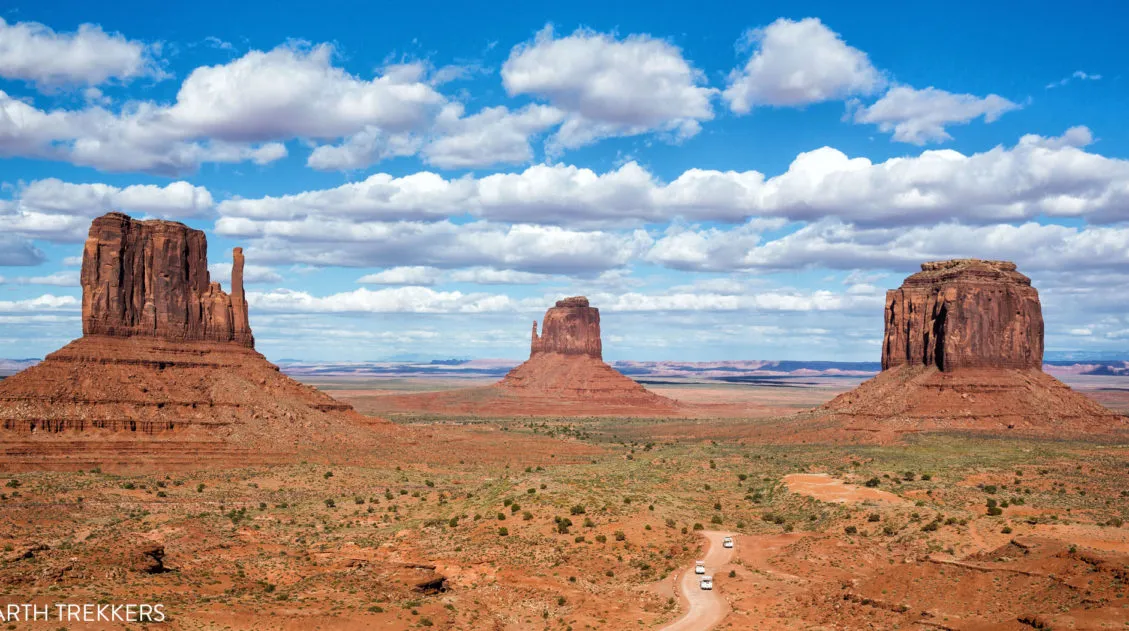
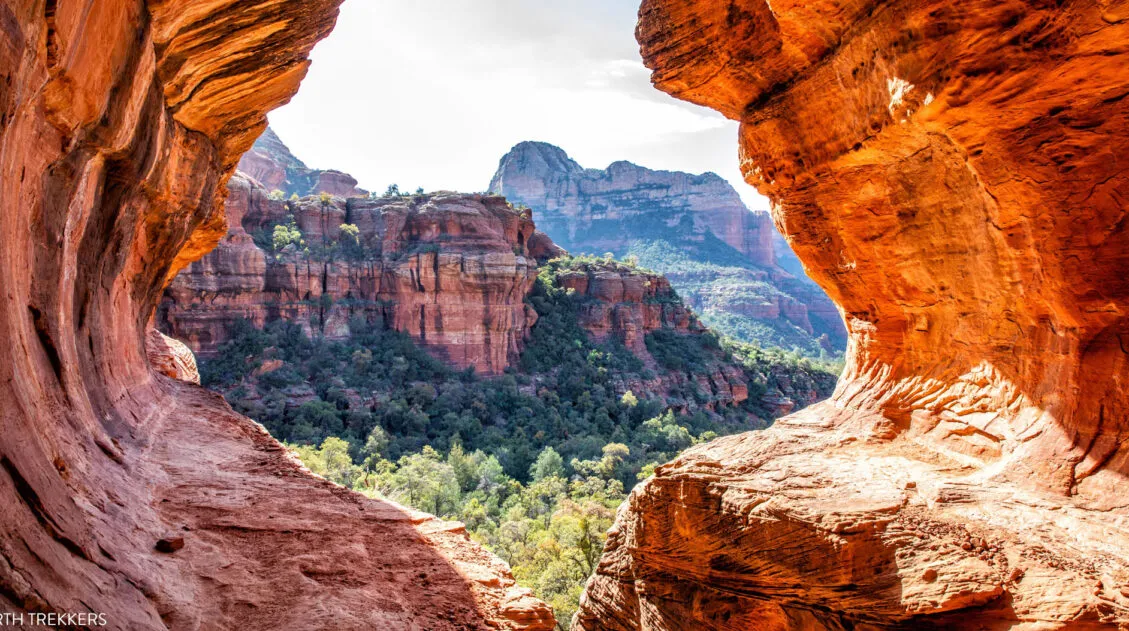
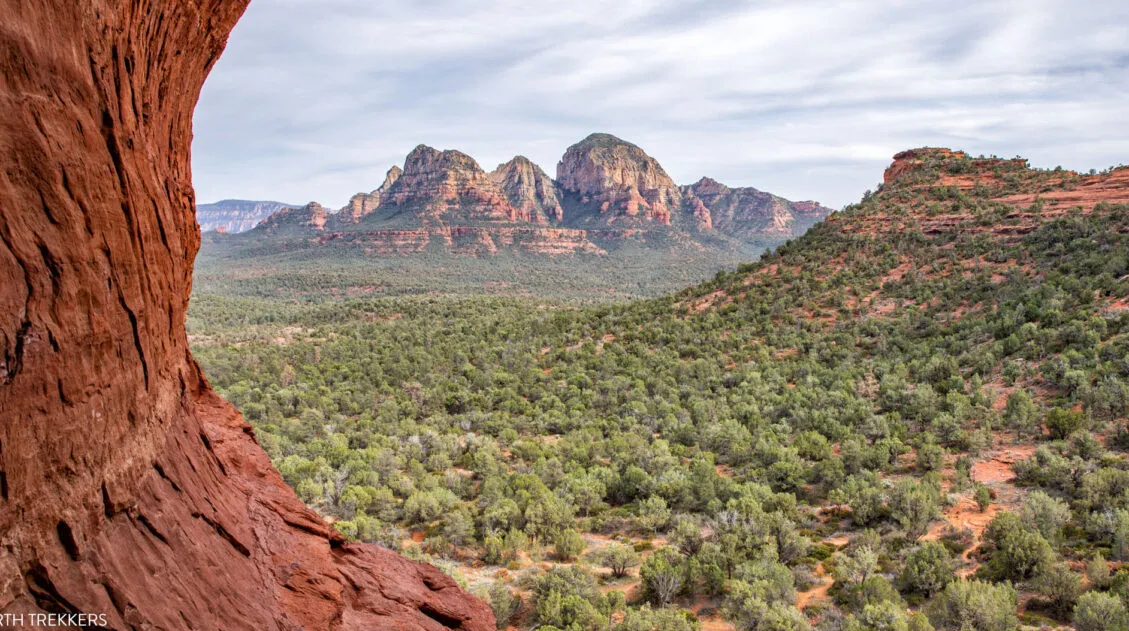
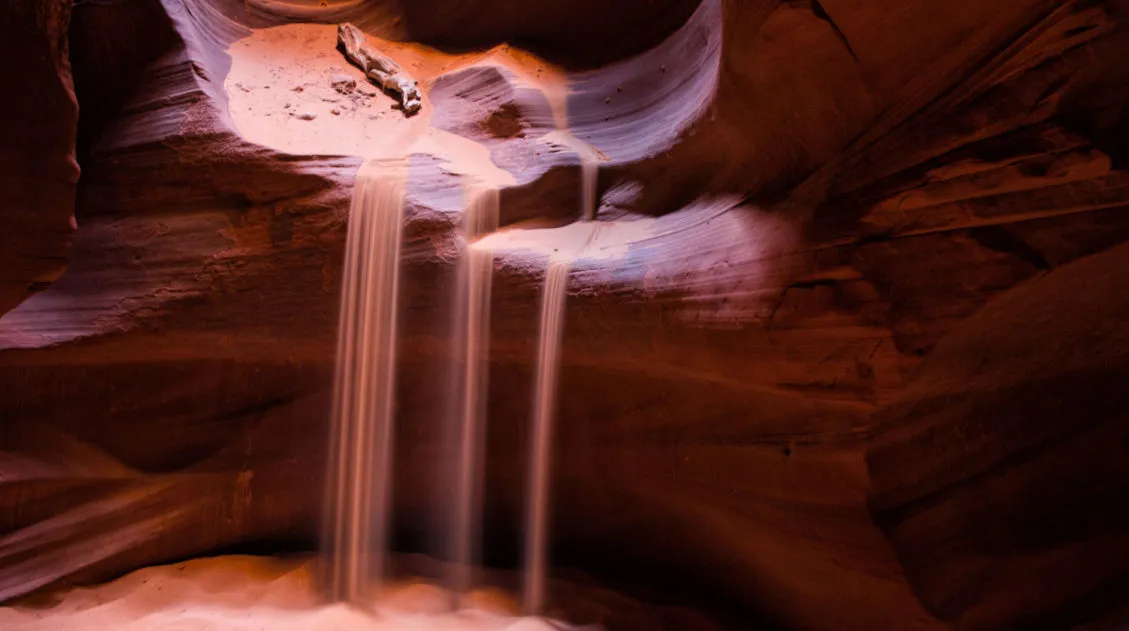
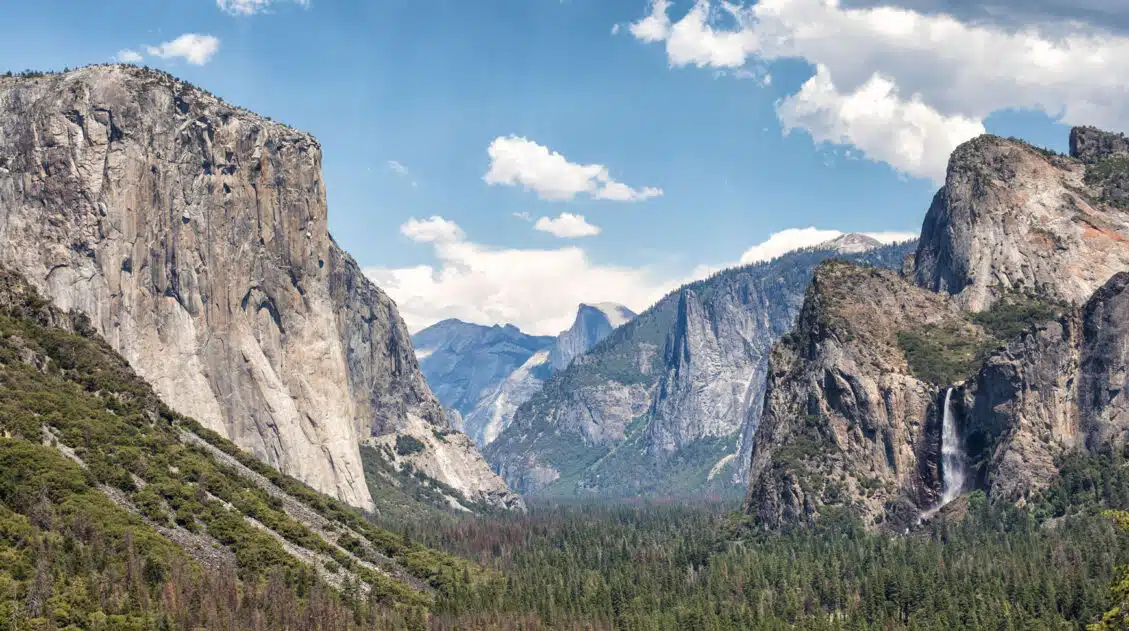
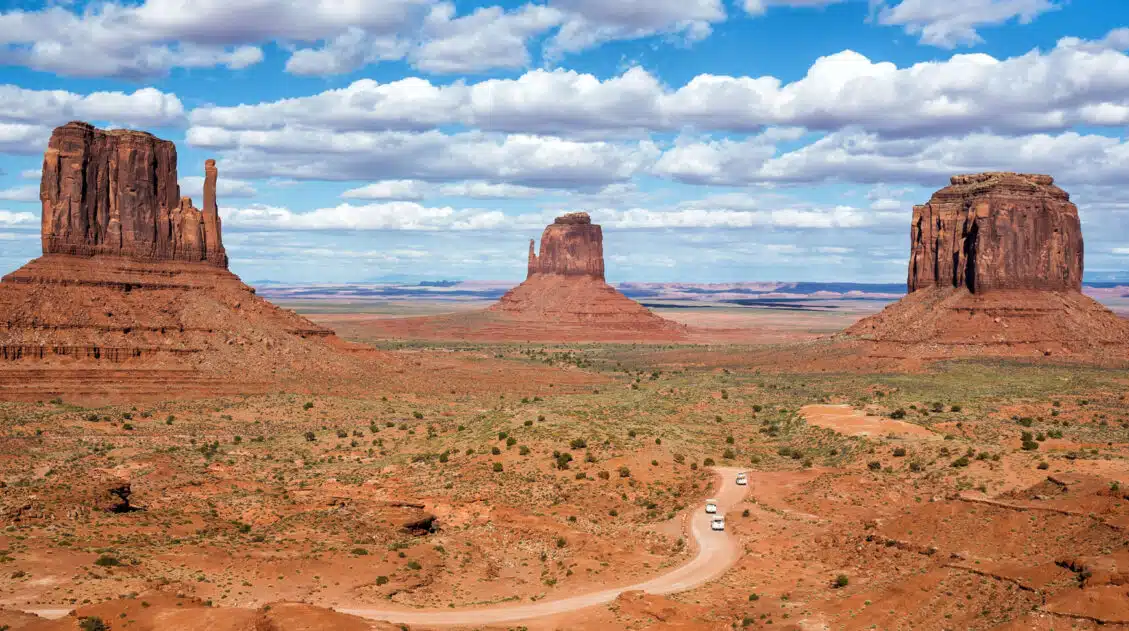
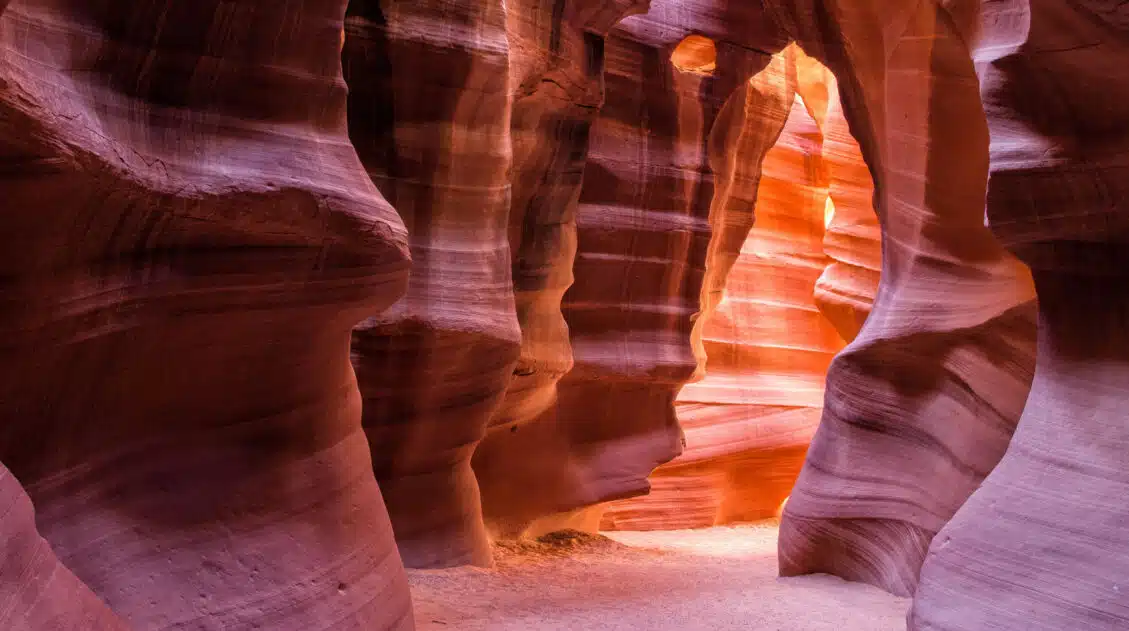
Comments 43